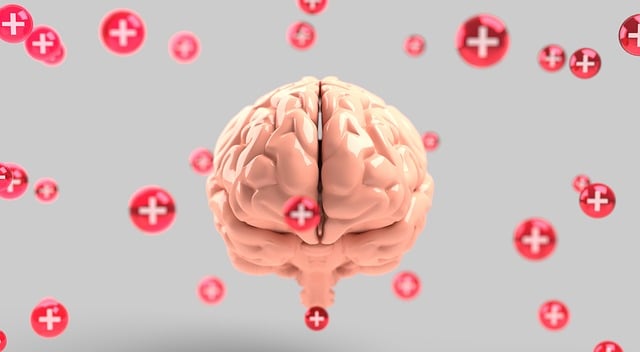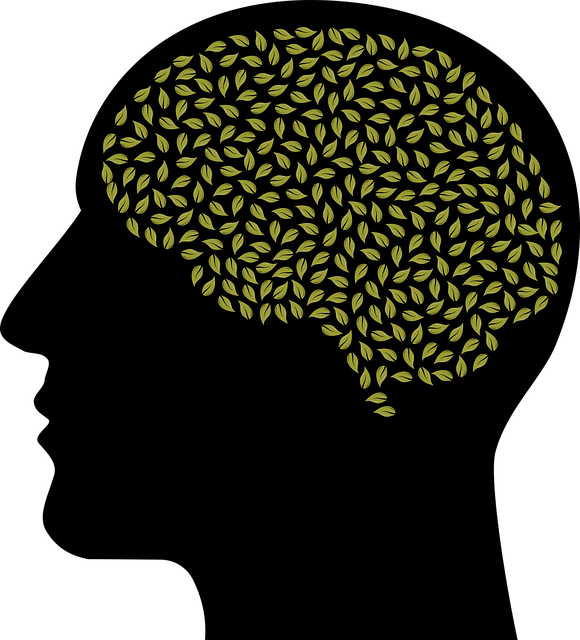Positive thinking exercises are powerful tools for children with ADHD or ADD, integrating into therapy to enhance well-being and academic success. These exercises teach kids to challenge negative thoughts, fostering emotional intelligence and resilience. Implementing these practices at home and school through structured sessions and techniques like journaling creates safe spaces for communication and builds inner strength. Regular progress tracking is crucial, using tools like journaling and checklists to adjust personalized strategies for optimal mental health improvement, with culturally sensitive approaches ensured through training.
Positive thinking exercises have emerged as a powerful tool in therapy for children, particularly those undergoing ADD-ADHD evaluations. This article delves into the science behind these practices, exploring their profound benefits in enhancing cognitive function and improving overall well-being. We guide you through effective implementation strategies at home and school, offering practical tips for tracking progress and adjusting techniques for optimal results. Discover how positive thinking can revolutionize the approach to managing ADD-ADHD.
- Understanding Positive Thinking Exercises for Children
- Benefits of Positive Thinking in ADD-ADHD Evaluations
- Implementing Positive Thinking Exercises at Home and School
- Tracking Progress and Adjusting Strategies for Optimal Results
Understanding Positive Thinking Exercises for Children

Positive thinking exercises are valuable tools for fostering mental health in children, especially those with Attention Deficit Hyperactivity Disorder (ADHD) or who have undergone ADD-ADHD evaluations. These exercises aren’t just about changing a child’s outlook but also about teaching them essential skills to navigate their emotions and thoughts. Through engaging activities, children can learn to identify and challenge negative thought patterns, replacing them with more positive and realistic perspectives. This process is akin to designing mental health education programs that focus on emotional intelligence, helping kids develop resilience and self-awareness.
The implementation of such exercises requires a strategic approach tailored to the child’s age and unique needs. It could involve storytelling, creative arts, or even simple conversations guided by therapeutic techniques. The goal is not just to teach positive thinking but also to integrate it into their daily lives, enhancing their overall well-being. This holistic strategy, when combined with ongoing therapy, can significantly contribute to a child’s mental health development and academic success.
Benefits of Positive Thinking in ADD-ADHD Evaluations

Positive thinking exercises have emerged as a powerful tool in Therapy for Children with ADD-ADHD Evaluations. By encouraging a more optimistic mindset, these practices can significantly enhance a child’s overall well-being and performance. When incorporated into therapy sessions, positive thinking strategies help children develop inner strength and resilience, fostering a sense of self-efficacy that translates to better academic and social outcomes. This approach not only complements traditional evaluations but also empowers kids to navigate challenges with greater ease.
In the context of ADD-ADHD, mental health education programs designed around positive thinking can equip children with valuable coping mechanisms. Additionally, conflict resolution techniques learned through these exercises promote healthier interactions, improving relationships at home and in the classroom. By nurturing a positive mindset, kids gain a competitive edge, making them better equipped to manage stress, improve focus, and achieve their goals.
Implementing Positive Thinking Exercises at Home and School

Implementing Positive Thinking Exercises at Home and School
In today’s fast-paced world, fostering mental wellness in children is more important than ever. For those with attention disorders like ADD-ADHD, structured therapy sessions can significantly enhance their ability to manage stress and improve focus. Positive thinking exercises play a pivotal role in this process. At home, parents can introduce simple yet effective techniques such as gratitude journaling or positive affirmation statements to help children identify and express their emotions healthily. These activities not only promote resilience building but also create a safe space for open communication about any challenges they may face.
Similarly, schools can integrate these practices into their programs to support students’ trauma support services. Regular mindfulness exercises, positive self-talk workshops, or even group discussions on overcoming setbacks can equip children with valuable coping mechanisms. By incorporating these strategies into daily routines, both homes and schools contribute to a holistic approach to mental wellness, empowering young minds to navigate life’s challenges with greater ease and confidence.
Tracking Progress and Adjusting Strategies for Optimal Results

Tracking progress is a vital component of any successful positive thinking exercise implementation, especially when tailored for children with Attention Deficit Disorder (ADD) or ADHD. Regularly evaluating a child’s behavior and mindset shifts can help identify what strategies are effectively fostering positive change and which ones may need tweaking. This iterative process involves setting achievable goals and using tools like journaling or observation checklists to quantify progress. For instance, in a Community Outreach Program Implementation focused on ADD-ADHD evaluations, therapists might track improvements in attention span during therapy sessions over time.
Adjusting strategies based on these observations is key to optimal results. If a particular approach isn’t yielding the desired outcomes, it’s important to reassess and adapt. This could involve refining techniques for stress management, incorporating new activities or teaching methods, or even exploring different therapeutic modalities. The goal is to create a personalized roadmap that supports each child in navigating their unique challenges, ultimately enhancing their ability to think positively and improve overall mental well-being. Additionally, Healthcare Provider Cultural Competency Training can play a significant role in this process by ensuring that strategies are sensitive to the individual’s cultural background, thereby increasing their effectiveness.
Positive thinking exercises, when incorporated into daily routines through therapy for children with ADD-ADHD evaluations, can significantly enhance emotional well-being and cognitive functions. By implementing these strategies at home and school, parents and educators can create an environment that fosters resilience and promotes positive outcomes. Tracking progress regularly and adjusting strategies accordingly ensures optimal results, helping children navigate challenges with newfound optimism and confidence.











